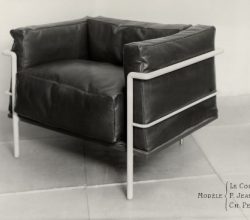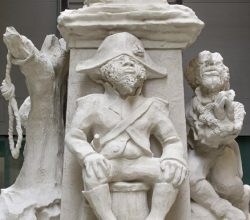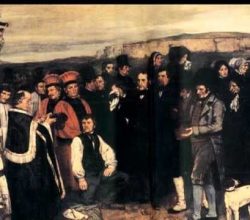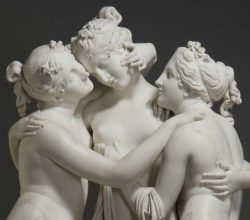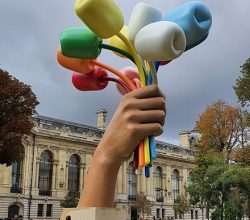
Gauguin Portraits review – a buttoned-up, nervous and nude-light cop-out of a show
Jonathon Jones | The Guardian | 4th October 2019
Gauguin’s reputation rests heavily on his Tahiti portraits. Why then are so few included in this major show? This writer suspects a “nervous cop-out” to avoid controversy coming from their evident misogyny. That’s a disservice to Gauguin. To his credit, these works show his respect for Polynesian culture, in the face of prevailing European colonialism. “If we can’t see art, we can’t debate it”.

